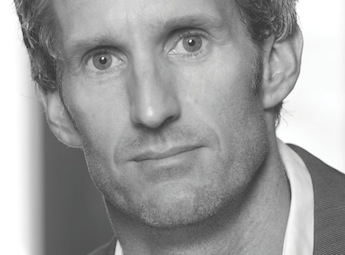Culture: organisational performance in foster care
Share

The rightful parent of culture is the CEO and executive board. However, a general knowledge deficiency, along with an incorrect order of priorities means that organisational culture more often than not lives in foster care: Human Resources (HR). The obvious issue here is the well-documented image problem that HR has across the globe, along with the inability for most HR departments to be empowered to manage broad and sustained cultural change. So, instead of culture being an A-list organisational celebrity, it can unfortunately show up on a long and not very impressive D-list along with the likes of corporate social responsibility and the social club fun run.
What is culture?
Wake up! Organisational culture is a term that describes the way things are done within an organisation. This means how the people that make up every organisation are productive and the way the business operates in every aspect. Yes, every aspect. Things like the way leaders lead, system design, compliance, workplace and team structure, process management, brand, marketing, pricing, customer experience: every aspect!
Organisational culture is determined by a company’s behaviours, symbols and systems – which come from a deliberate or, more often than not, an unintentional set of values.
Dysfunction
There is an old and also proven saying that 80 percent of culture change programs fail. I would be surprised if this percentage wasn’t actually much higher. Basically until culture becomes a standing C-Suite agenda item, it can’t succeed. The decisions made by an organisation’s executives are key cultural symbols and guide ‘how things get done’. This by definition means culture.
While culture remains a ‘program’, living with HR – or anywhere other than the key decision-making body – it can’t be sustained. In the early 2000s, one of Australia’s largest banks launched a very successful culture program across something like 30,000 people. It was heralded as the exemplar culture case study for five or so years. The reason it worked was simple: it came from the top down. Culture was considered to be the key element of the organisation (which it is for every organisation) and it was integrated and inclusive – being driven by the employee population. And when you look at why it eventually dissolved after a few years and now is simply a series of branded folders in a basement, we need to look at culture leaving the paternal home (executive suite) and being relegated to a line item on an HR ‘program’ of work.
There are many other reasons organisational culture is suboptimal (or in many cases toxic):
- ‘It’s too hard to understand… so let’s not try. What we can do is talk about organisational strategy and brand values.’ The fact that they both depend 100 percent on culture to perform is something that often gets overlooked,
- ‘Let’s launch a quirky internal communications program that proclaims our values.’ Every organisation has an ‘espoused culture’ but that doesn’t determine how things actually get done, or
- ‘Apple has a great culture. Let’s do what they do!’ Every brand has unique brand values that need to be mapped to cultural values, which then drive specific, culturally aligned behaviours, symbols and systems.
The wrap
There are many, many more reasons why organisational culture across the globe is undervalued, and why companies suffer in many ways because of this. Is your brand/ organisation sending the one thing that determines your success off to live with weird Uncle Willie? As a marketer, part of your role is ‘brand experience’ – how customers experience your brand. Yep, you guessed it – culture again. If you aren’t sure how your organisation’s culture drives your brand/customer experience, then I suspect your organisational culture is making model trains in the back shed with Willie.















